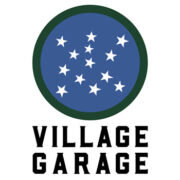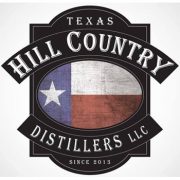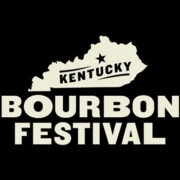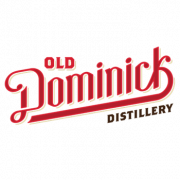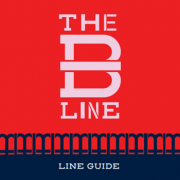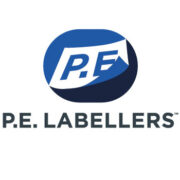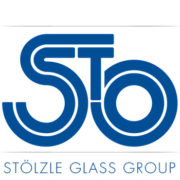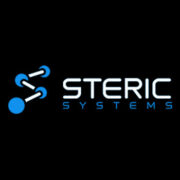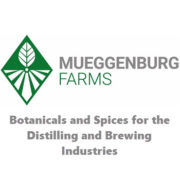
In 2019, total US alcoholic beverage sales were over $250 billion whereas the non-alcoholic beverages category reached nearly four times that at $919 billion. Overall, the beverage market is experiencing rapid growth and innovation, with the following five categories especially high in consumer popularity.
You can see the five categories listed in the colorful infographic below and on the list.
1. Functional Waters
By 2025, the global functional water market is expected to reach $18.24 billion
- Consumers are turning away from sugary drinks and choosing functional waters — still or sparkling, herb-infused waters
- Common additives include vitamins, acids, minerals, herbs, fruits, and vegetables
Drivers of growth
- Shift toward products infused with healthy and weight loss-friendly ingredients
- Convenience and positive effects on human nutrition
- Popularity among the working class and millennial populations
Restraints
- Fluctuations in cost
- Increasing customer bargaining power due to availability of lower-priced substitutes and low switching costs
2. Organic Beverages
By 2027, the global organic beverages market is expected to reach $32.78 billion
- Consumer preference for organic food is creating interest in organic beverages
- Brands are crafting organic drinks to help customers address specific wellness goals
Drivers of growth
- Awareness of health benefits associated organic products
- Demand for sugar-free caffeine-free beverages
- Consumer preference for naturally flavored products
3. Variety of Coffee Formats
By 2027, the global ready-to-drink (RTD) tea and coffee market is expected to reach $133.9 billion
- Coffee fuels the modern world, and demand for the natural energy drink will only increase.
- Consumers can buy RTD coffee in cartons, cans, and bottles
Drivers of growth
- Rising awareness of healthy habits
- Demand for low-sugar and sugar-free alternatives
- Innovative new products
- COVID-19 lockdowns shifted demand toward at-home coffee
4. Tea Is the New Coffee
By 2027, the global tea market is expected to reach $68.95 billion.
- Health-conscious consumers looking for a caffeine-free energy boost are choosing herbal teas
- Cold brews, nitro offerings, functional add-ins, and plant-based milk blends are revamping the cold tea category
Drivers of growth
- Growing preference for herbal and highly oxidized tea
- Increasing awareness of healthy lifestyle habits
5. Innovative Alcohol Flavors via RTD Cocktails
By 2027, the global RTD alcoholic beverages market is expected to reach $19.46 billion.
- Consumers are trying alcoholic beverages featuring new and interesting flavors
- Brands are offering good-for-you ingredients and flavors in the RTD alcoholic beverage market — including apple, tropical fruits, citrus fruits, and berries
Drivers of growth
- Preference for low- and no- alcohol content drinks
- Awareness of effects of excessive alcohol consumption
- Wide availability in market and range of flavors
6. The Growth of Mocktails
Alcohol-free mixed drinks are growing in popularity (Think Mocktober).
- Younger generations are less likely to drink alcohol regularly
- Consumers are focused on healthier options
- Many still want luxurious, complex flavors found in mixed drinks
- Families want a special drink to celebrate with their children
“There’s a huge contingent of non-drinkers, people who don’t drink but still want to partake in the bar scene. It’s about the experience. The look, the feel, the heft of the glass. It’s important.” — Steve Corman, co-owner of Vena’s Fizz House in Portland, Maine
Stay Informed: Sign up here for the Distillery Trail free email newsletter and be the first to get all the latest news, trends, job listings and events in your inbox.
2022 Beverage Trends Infographic

Source: Mocktail.com.
Please help to support Distillery Trail. Sign up for our Newsletter, like us on Facebook and follow us on Instagram and Twitter.

